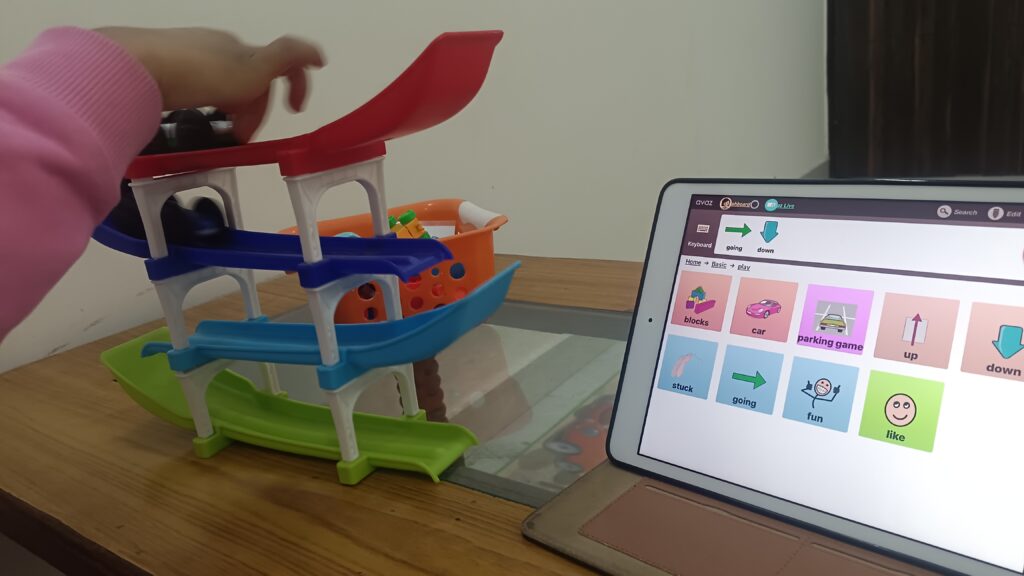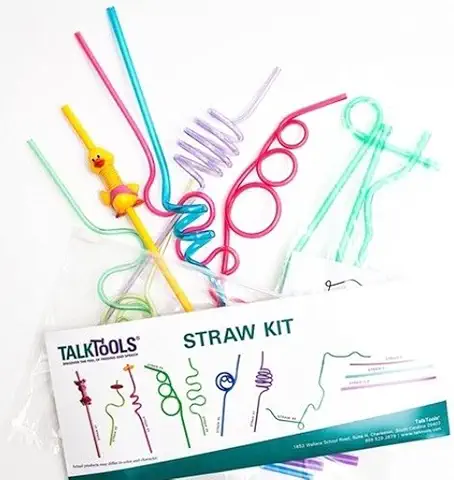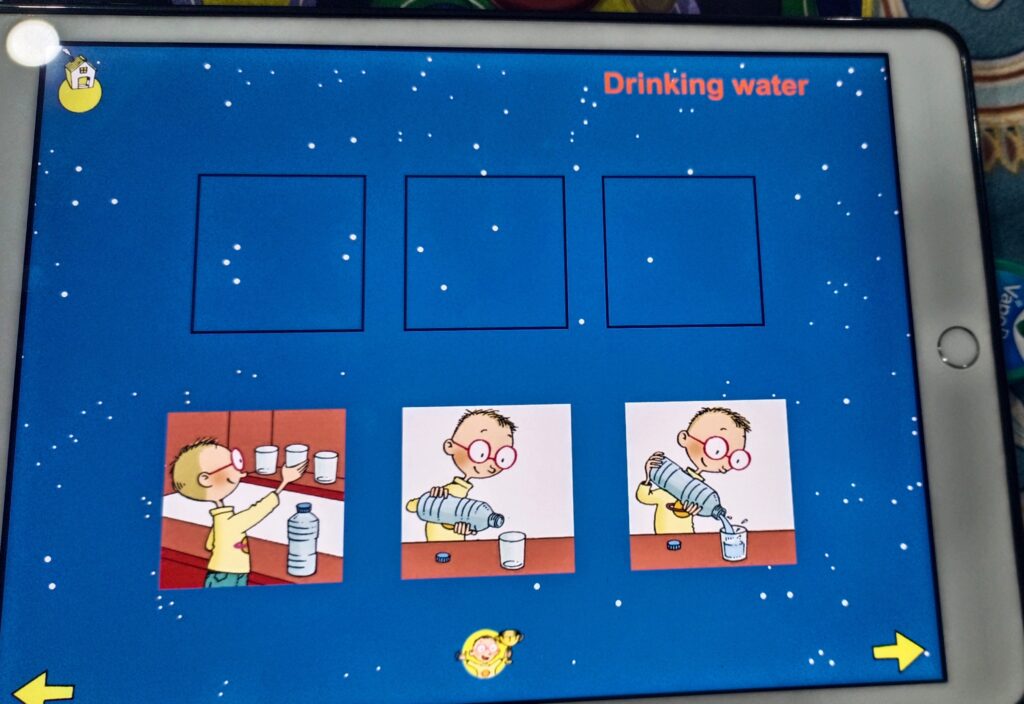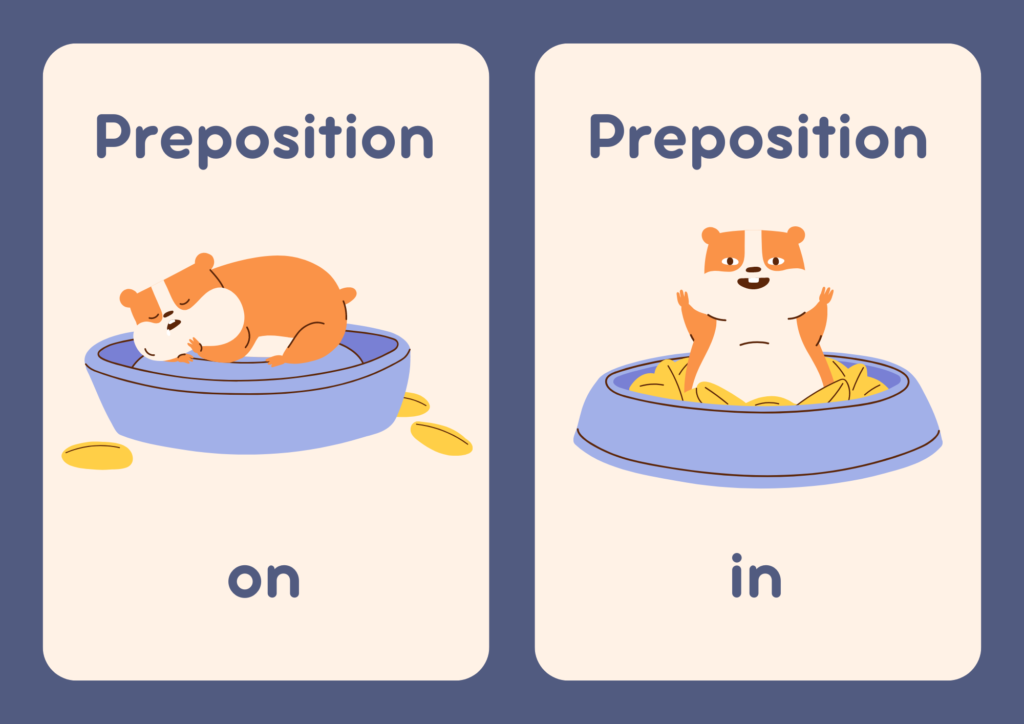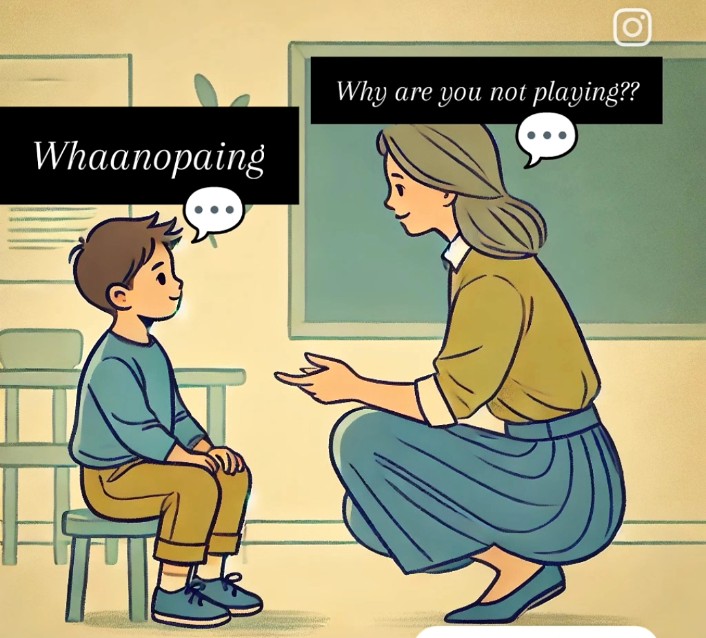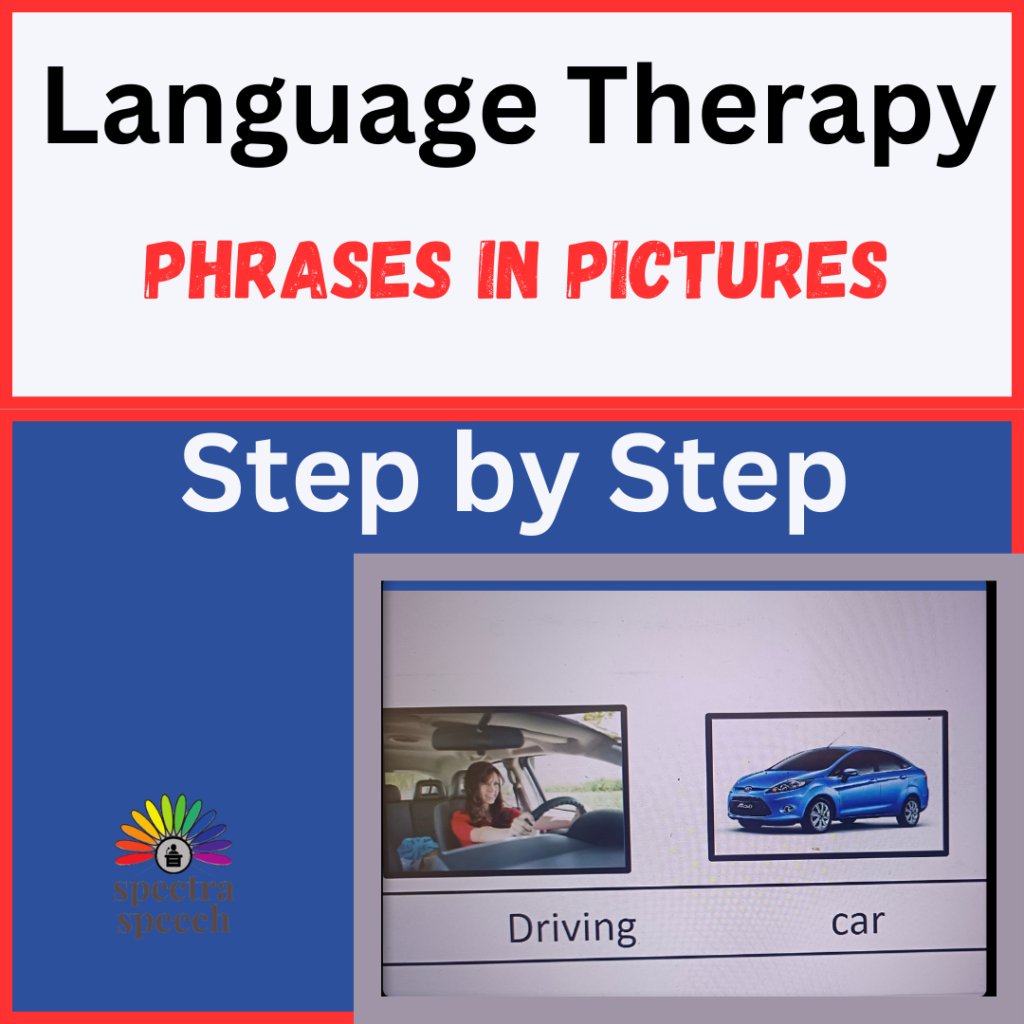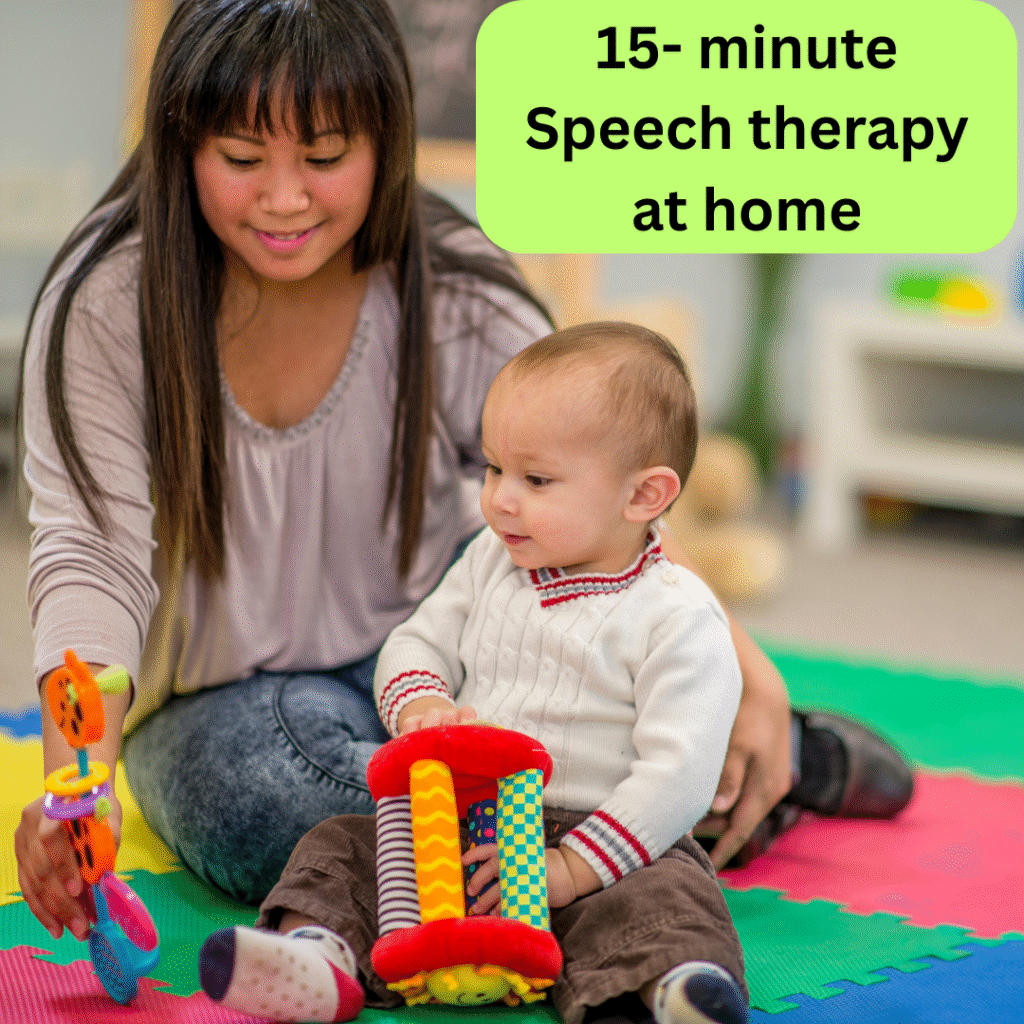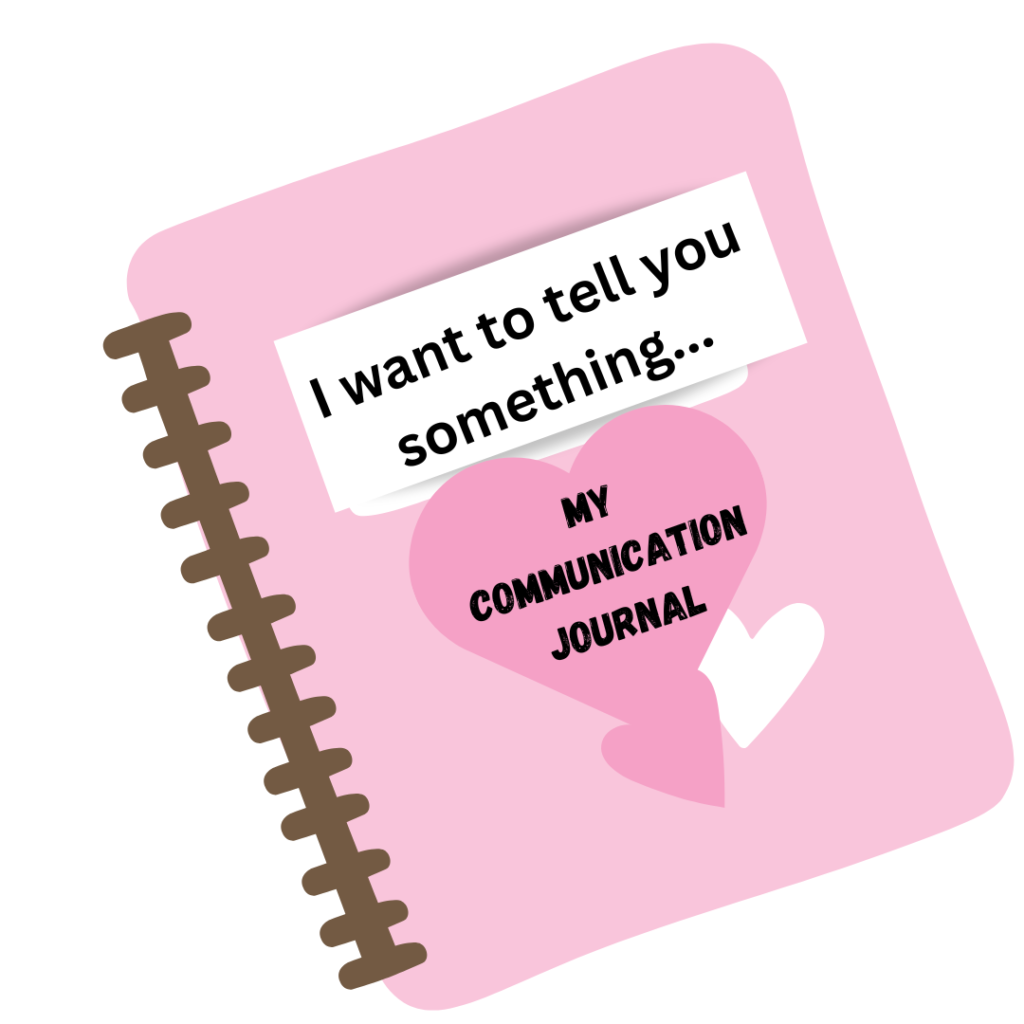AAC for Kids: What It Is and Why It Matters for Your Child’s Speech Development
AAC stands for Augmentative and Alternative Communication, and it includes all the ways a person communicates other than speaking. People of all ages can benefit from AAC when speech or language is difficult. Augmentative means adding to someone’s existing speech, while alternative means providing another way to communicate when speech is not available. Some individuals […]
AAC for Kids: What It Is and Why It Matters for Your Child’s Speech Development Read More »

